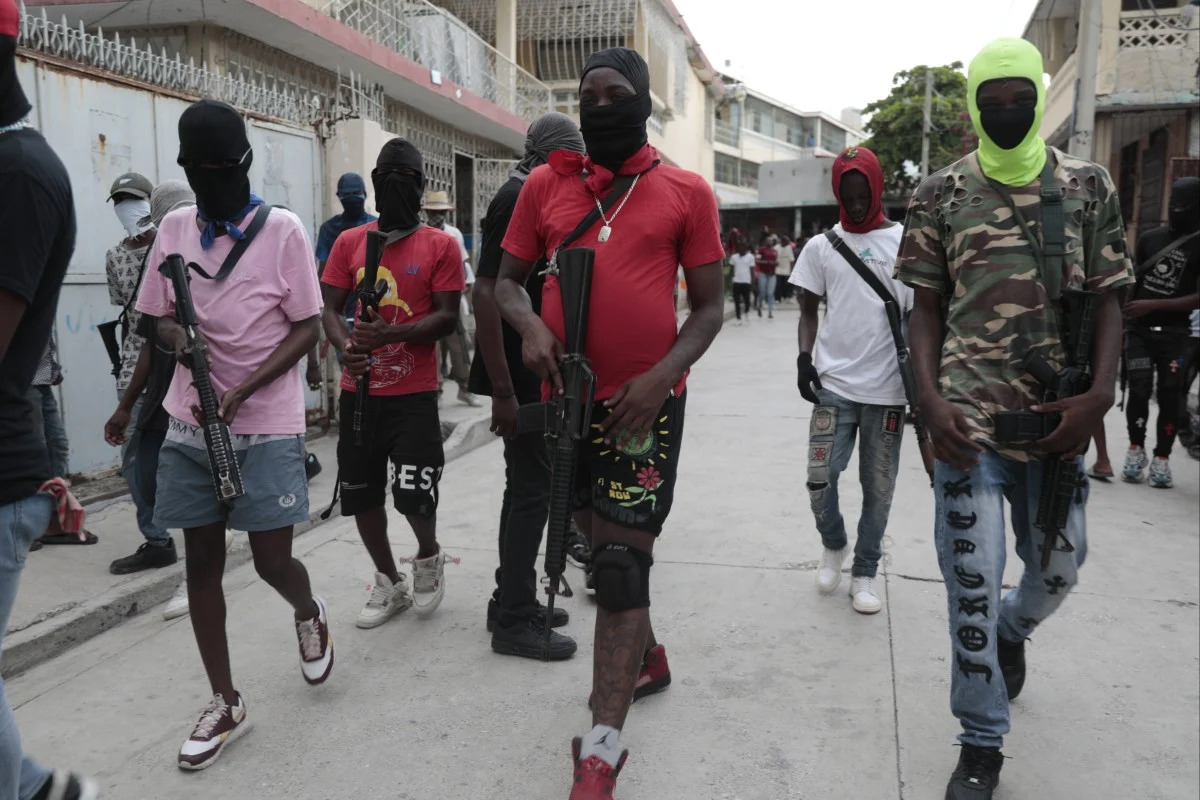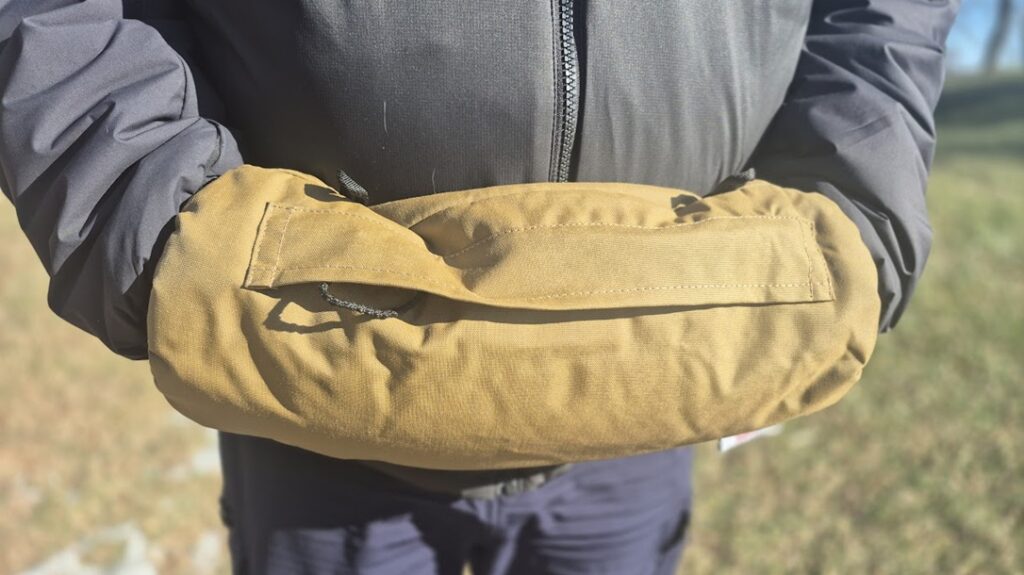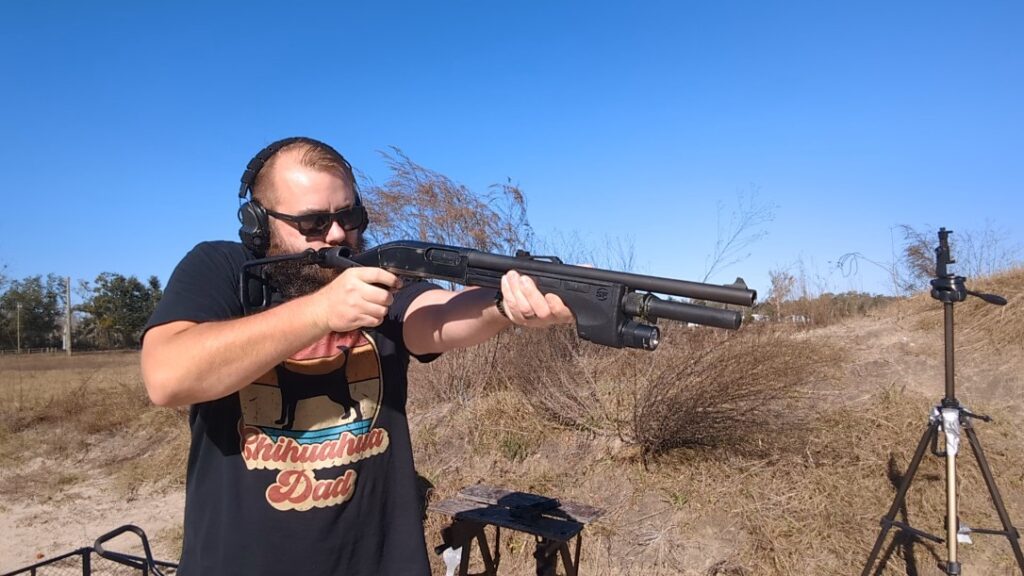The country of Haiti has recently been at the forefront of news media. The situation has escalated into violent gangs roaming the streets and ousting police and military forces. These gangs are heavily armed, and the most prominent leader is reportedly a cannibal named BBQ. (The name BBQ is not related to cannibalism, and it comes from a family member’s business.) The news media has given extensive coverage to the situation on the ground, and plenty of photos of armed gang members have circled the world.
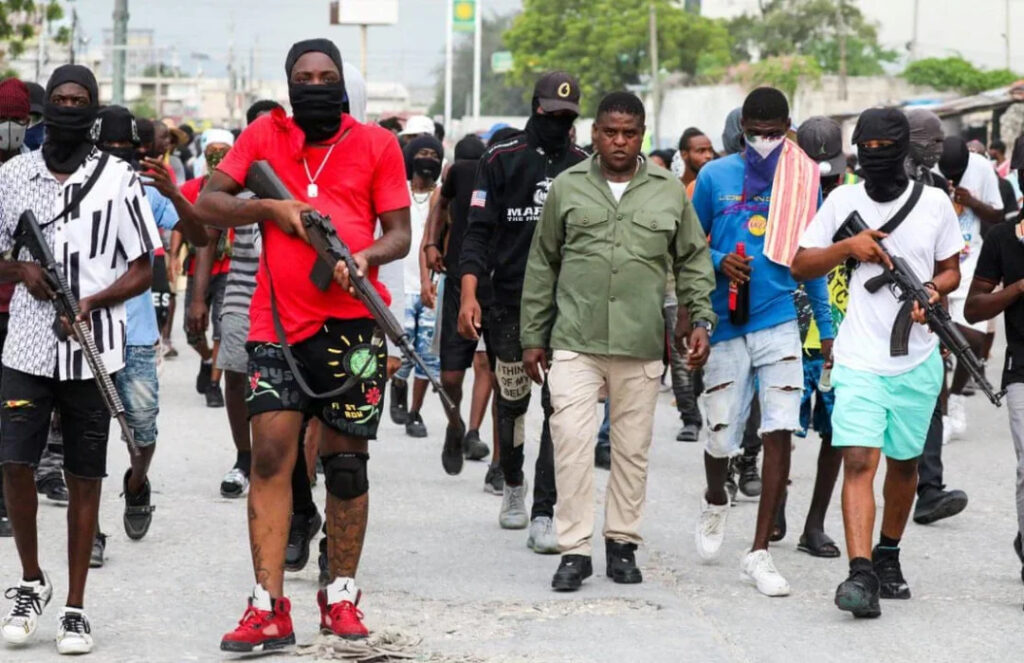
These gangs are calling on Haiti’s president, Ariel Henry, to resign. Henry met that request on March 11th, and efforts to create an interim government are currently underway. I have nearly zero knowledge of Haitian politics, so I certainly won’t offer my take on that situation. However, I am fairly knowledgeable about firearms, and the guns of the Haitian crisis have been interesting to see.
Advertisement — Continue Reading Below
The Guns of Haiti
Haiti lacks any infrastructure to produce firearms, and there are no firearm manufacturing facilities in the country. Where did all the guns come from? Many will quickly blame the United States and classify it as a policy failure. Bear in mind they are already breaking several laws, including international laws, to smuggle these weapons into Haiti. How one more law would stop this practice seems to be up for debate.
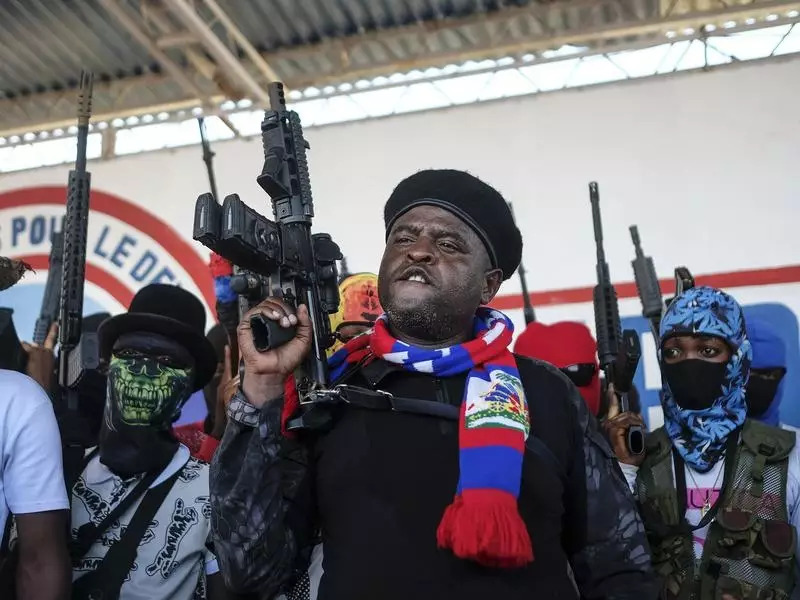
There is certainly a degree of smuggled weapons. The aforementioned cannibal leader, Jimmy ‘BBQ’ Cherizier, is carrying some kind of PDW-style AR rifle. This seems to be an American-made rifle, likely an illegally smuggled rifle. However, the majority of the rifles I see in the hands of these gang members appear to be taken from the Haitian police and military forces.
Advertisement — Continue Reading Below
A number of the anti-gun pieces on this subject show photos of Haitians wielding a variety of rifles and even belt-fed machine guns, but those aren’t coming from the United States. These are rifles issued to the police officers and soldiers in Haiti. Over and over, I see these articles blaming the United States while the photos they use to illustrate appear to be stolen firearms.
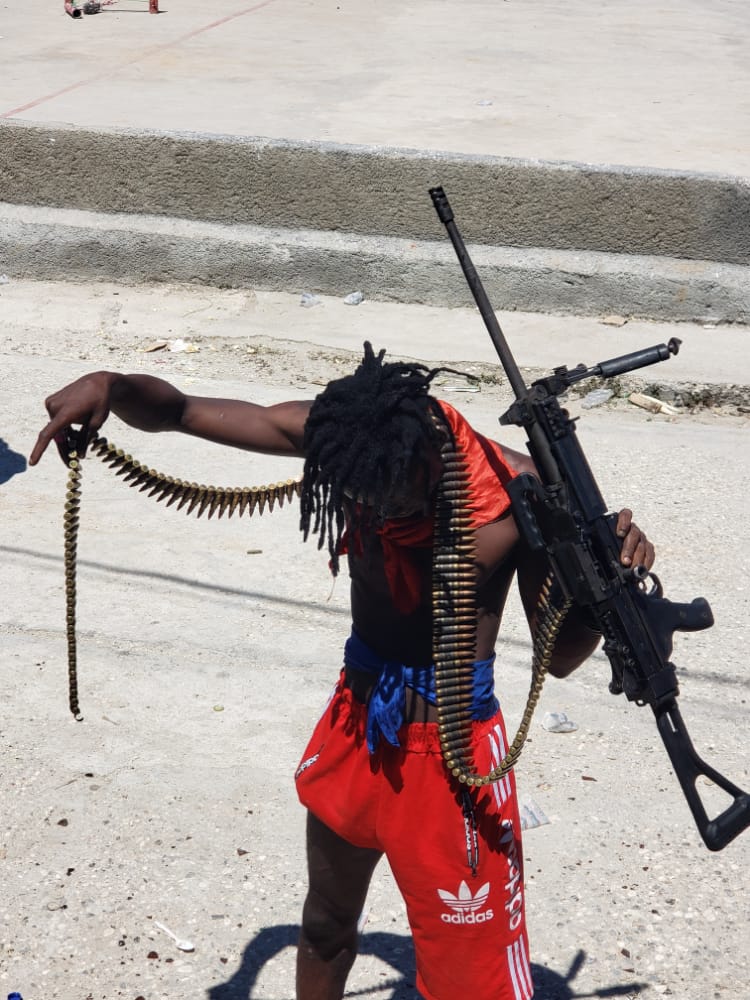
While I don’t deny smuggling happens. The United States has stopped numerous smugglers and seized numerous weapons. However, the guns being used by these gangs appear to be coming from the Haitian government. Whether it’s corruption or theft remains undecided.
Advertisement — Continue Reading Below
Putting an Eye On the Guns of Haiti
The leader of the G9 Family gang, Jimmy ‘BBQ’ Cherizier, wields a short PDW-type AR, much like Bin Laden wielded that famed AKS-74U. It looks to be a 7.5-inch AR with a PDW stock. The rifle utilizes a Magpul AFG grip and a red dot and sling I can’t identify. He’s seen using two ETS magazines that are clamped together with the magazine’s integral clamping device, which now makes them clone-correct for a Haiti warlord build. His gun is the one that stands out the most.
Other weapons likely smuggled from the United States are various AK-type pistols. These guns lack stock and come in numerous sizes. This includes the famed Dracos, as well as some N-PAP designs. I even saw one with a brace adapter but no brace.
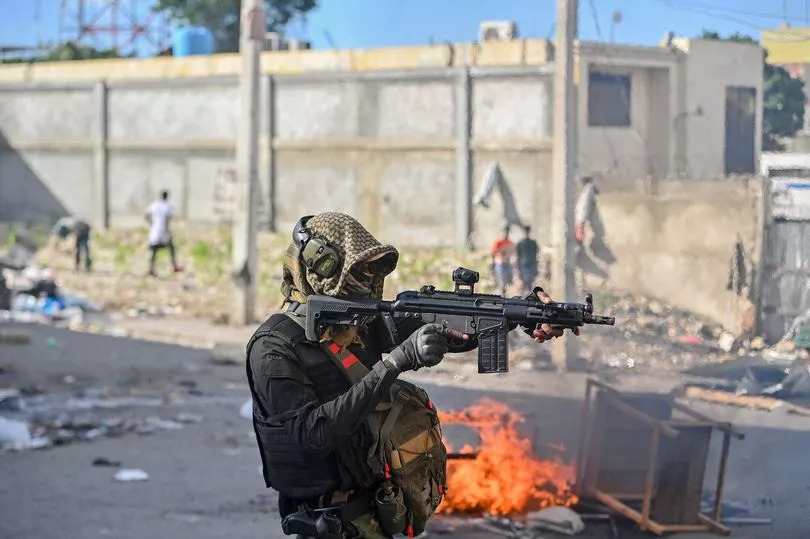
Advertisement — Continue Reading Below
There have also been a few AR-15s that appear to be fairly standard rifles. The Haitian military does have M4s in their armory, so some could be stolen, or they could have been smuggled to the country. I think some of these are smuggled because of the lack of sights, non-standard rails, and non-standard stocks.
A few Glocks have popped up, but those are so eponymous its tough to say if they are imported or taken from the military and police.
Stolen Military and Police Firearms
One of the more interesting pictures shows a gang member wielding a shorty G3 rifle with a red dot and a folding stock. It’s crazy short for a .308, but that’s also been a weapon we’ve seen soldiers of the Haitian military utilize. I don’t think .308 offers great short-barrel ballistics, but here we are.
Advertisement — Continue Reading Below
Another rifle that is becoming more and more common amongst the gang members in the IWI Galil. The Hatiain National Police are armed with a variety of Israeli-made weapons, including the Galil, as well as the Negev, which was seen in the hands of gang members as well.
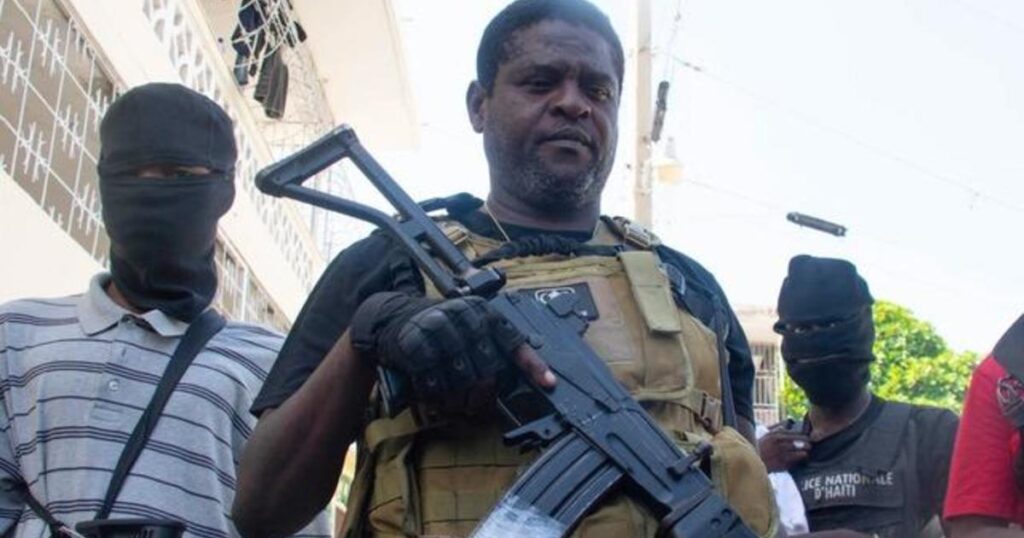
There have also been some M16A2s, which are also part of the armories of police and military forces in Haiti. The same goes for M14 rifles, which have also been seen in the hands of gang members.
Advertisement — Continue Reading Below
The guns we see in the hands of the gangs are mostly the same guns we see in police and military hands. The Galil is the most common, but the M14, M4, shorty G3s, and M16A2s have popped up in police hands. One of the most interesting pictures shows a Haitian police officer wielding an M1 Garand.
A Failed State
Haiti has always been a bit unstable. The current crisis has been in effect since 2018 but escalated very quickly. The mish-mash of small arms comes from several sources, often given as aid. There is no way to know how the situation will end, but as of now, it seems like a lot of Haitian military and police weapons are on the streets.
